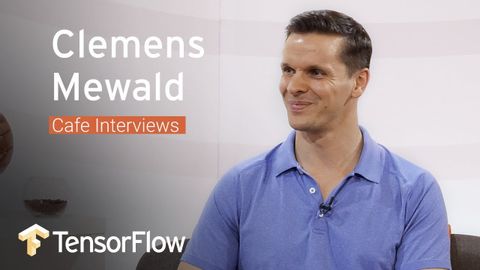
字幕與單字
TFX:TensorFlow的端到端機器學習平臺(TensorFlow Meets) (TFX: an end-to-end machine learning platform for TensorFlow (TensorFlow Meets))
00
林宜悉 發佈於 2021 年 01 月 14 日收藏
影片單字
executive
US /ɪɡˈzɛkjətɪv/
・
UK /ɪɡ'zekjətɪv/
- n. (c./u.)經理;管理人員;行政部門;行政權力;執行會議;行政命令
- adj.行政人員;行政的;管理的;豪華的;高檔的
A2 初級多益中級英檢
更多 使用能量
解鎖所有單字
解鎖發音、解釋及篩選功能
